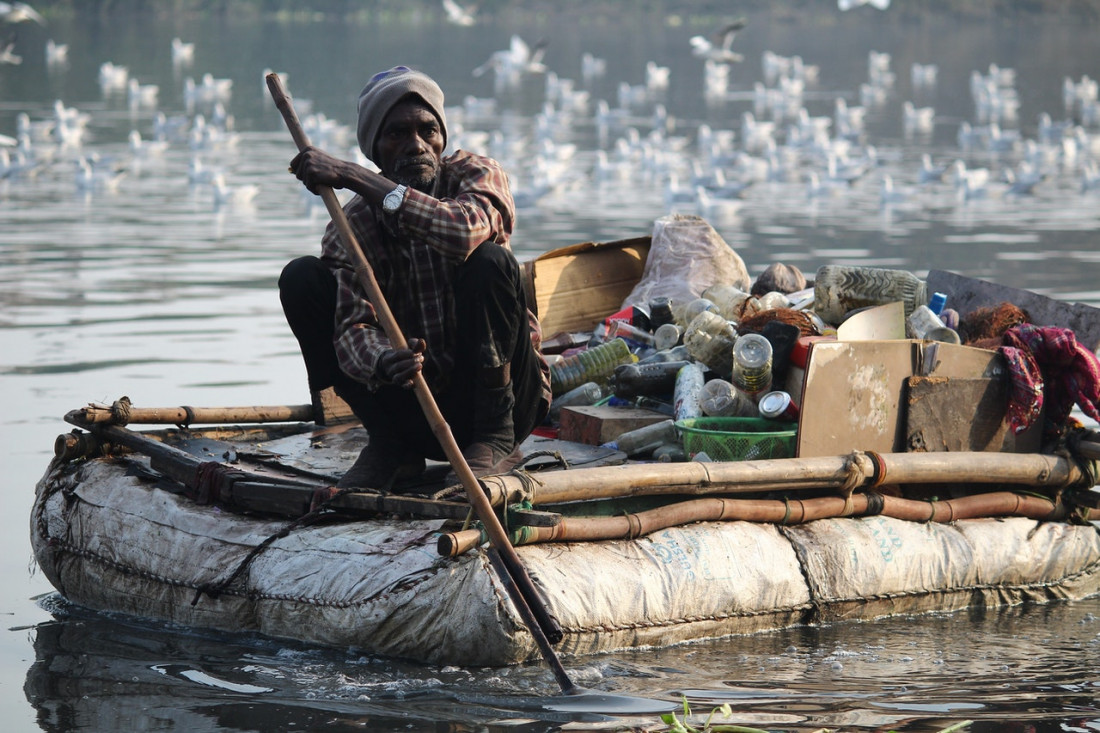The man on the street may care little for the power struggles of the world. While he takes care of his day to day business, worries about his family and how to pay the bills, the superpowers of the world play the game of politics regardless. Nowhere is this more evident than in the UN where the good and the great, the corrupt and the criminal hold court to improve their power bases and protect their vested interests.
And yet the UN has one function for which much of the world is concerned, and that is the protection of the environment on a global scale. To this end, and true to form at the UN, a panel has been formed.
Its goal is to examine the way that the world’s oceans are used as an uncontrolled landfill. For despite the fact that nature is able to handle some types of waste, other substances will remain a pollutant on the planet long after mankind has gone.
At present, much of the research focus is on plastic. Particularly plastic that has largely biodegraded into microparticles that range in size from 5mm to 1nm. These tiny pieces are being distributed around the planet on the ocean currents, such that no marine ecosystem is left untouched. They are made up of an assortment of mankind’s waste, and are based on plasticizers, stabilizers, antistatic agents, dispersants and flame retardants.
Worse still, is that when the microparticles break down, through the influence of UV rays and seawater, they release toxic substances into the water.
Even worse still, is that the molecular structure of many plastics also have the ability to absorb hydrophobic impurities in the water, these then damage plant and animal cell membranes.
Up till now it has been the job of the experts in the UN to warn, warn and warn again, of the dangers of our current course. They have pressured nations to act, and made declarations on environmental security, and yet still the Great Pacific garbage patch keeps on growing.
At present the American Association for the Advancement of Science calculates that “The amount of plastic waste entering the world’s oceans every year could be as much as 8 million tonnes – 3% of the plastic waste produced every year.”
Jenna Jambeck, from the University of Georgia, believes that the figures will only get worse. As she states, “ If we assume a ‘business as usual’ projection with growing populations, increasing plastic consumption and increased waste generation by 2025 this number (of 8 million tonnes of waste) more than doubles. So we may be adding as much as 17.5 million tonnes per year.”
With little action from anywhere else, it has fallen to a man named Boyan Slat to do something. This 20-year old, founder and CEO of The Ocean Cleanup, is attempting to do what the UN seems incapable of trying. For last week at the Seoul Digital Forum, Asia’s largest technology conference, he announced the future deployment of the world’s first system to passively remove plastic from the sea.
The proposed system (pictured) will span 2000m, making it the longest floating struture ever, more than double the size of the previous longest (the Toyko Megafloat). Outlining his proposals, Slat makes clear that, “It will be operational for at least two years, catching plastic pollution before it reaches the shores of the proposed deployment location of Tsushima island, Japan.”
The site was chosen for its heavy pollution, as it has been calculated that the beach receives as much as one cubic meter of pollution per inhabitant each year. There it is hoped that the collected plastic could be recycled or even used as an alternative energy source.
So if a young man can formulate a plan and generate enough interest and money to start cleaning up a small patch of the ocean near Japan, then think what the plastics and polymers industry could achieve.
Multinational corporations have huge influence on governments at all levels, they also have the money to develop further projects like ‘The Ocean Cleanup’, as well as investing in technology to make recycling a more profitable venture.
In fact, isn’t it time that big business started cleaning up after itself?

